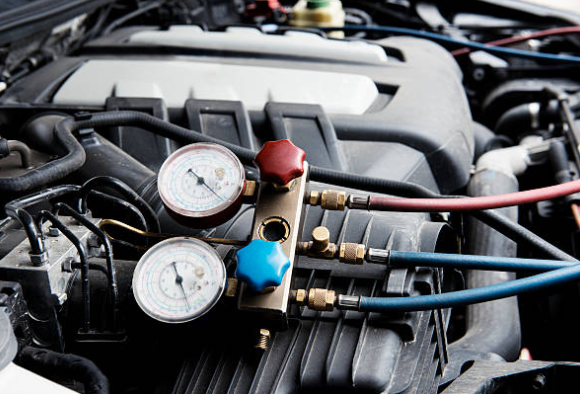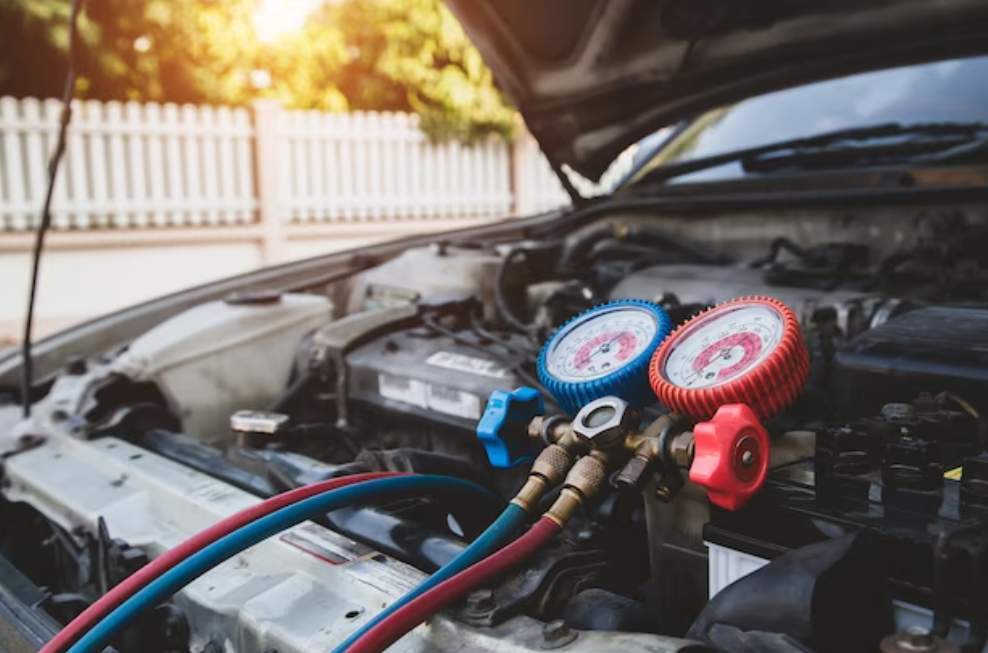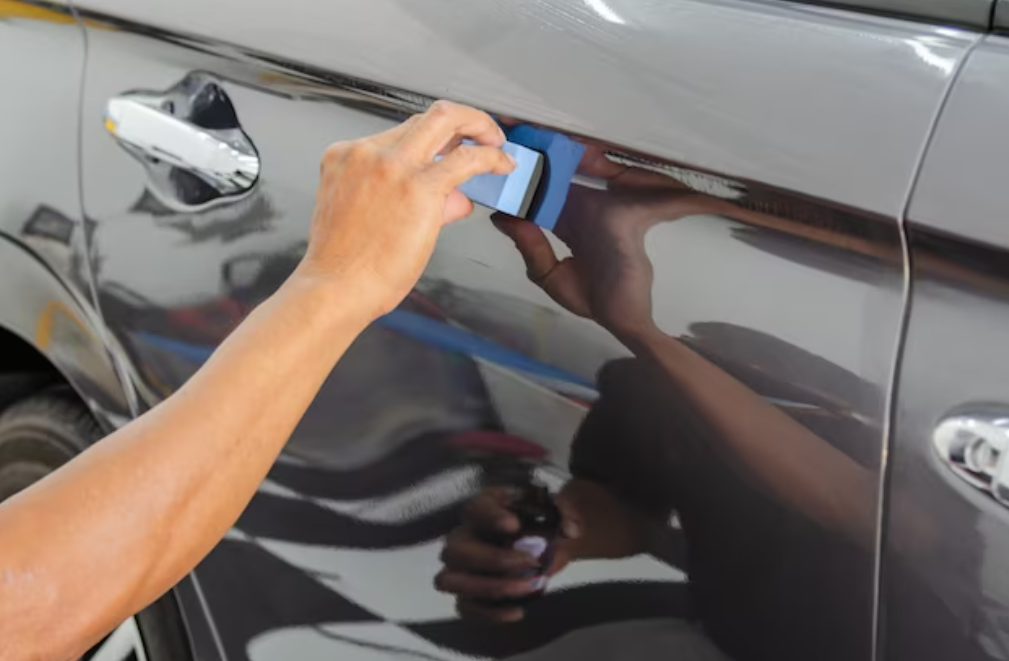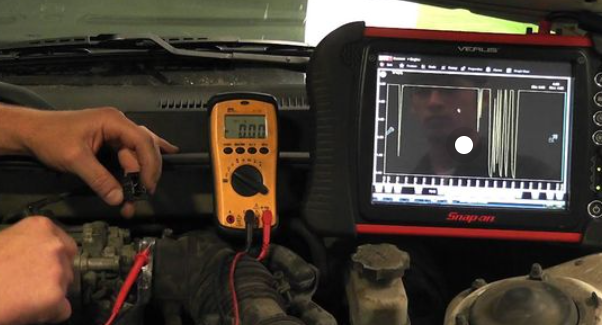How to Recharge Your Car AC
For anyone living in a hot climate, having a reliable air conditioning (AC) system in their car is essential. However, over time the AC can start to struggle and lose some of its cooling power especially if you don’t take good care of it! If your car’s AC isn't performing as well as it used to, recharging the system may be necessary. In this blog post we'll show you exactly how to recharge car ac and help keep you cool during those scorching summer days. So get ready for an informative read on one of the most important automotive maintenance tasks!

Tools Needed for Recharging your Car AC
To successfully recharge your car's AC system, you will need a few essential tools and materials. These include an AC recharge kit with a canister of refrigerant and a pressure gauge. Safety glasses and gloves are crucial to protect your eyes and hands during the process. Keep a towel or rag nearby to clean up any spills or excess refrigerant. For further instructions and requirements, refer to your vehicle's owner handbook. To guarantee optimum air circulation, it's crucial to operate in an area with good ventilation. The proper equipment and supplies will assist ensure a secure and efficient AC recharge, keeping you cool and at ease while your drives.

Locate the Low-Pressure Port: Before adding refrigerant, you need to locate the low-pressure port in your car's AC system. The port is typically located near the AC compressor or on the refrigerant lines. Consult your vehicle's owner manual or refer to online resources for the specific location in your car.
Prepare the AC Recharge Kit: Follow the instructions provided with the AC recharge kit to connect the pressure gauge and refrigerant canister to the kit's hose. Make sure the valve on the canister is closed before proceeding.
Prepare Your Car: Start your car and let the engine run with the AC turned on to its maximum cooling setting. Allow the system to operate for a few minutes before proceeding.
Attach the Recharge Kit: The low-pressure port on the AC system of your automobile should receive the hose from the AC recharge kit. Ensure a secure connection.
Check the Pressure: With the AC running, check the pressure gauge on the recharge kit. It will indicate the current pressure level in the system. Compare it to the recommended pressure specified in your vehicle's owner manual. If the pressure is below the recommended level, you can proceed with recharging.
Recharge the System: Open the valve on the refrigerant canister and slowly add refrigerant into the AC system. Monitor the pressure gauge as you add refrigerant, aiming to reach the recommended pressure level. Avoid overcharging the system by adding refrigerant gradually and checking the pressure frequently.
Observe and Monitor: As you recharge the AC system, pay attention to any signs of leaks, such as hissing sounds or refrigerant residue. If you suspect a leak, it is advisable to seek professional assistance for further inspection and repairs.
Complete the Recharge: Once you have reached the recommended pressure level, close the valve on the refrigerant canister. Disconnect the hose from the low-pressure port, taking care to avoid any refrigerant leaks.
Test and Enjoy: After completing the recharge process, test your car's AC system to ensure it is blowing cold air. Enjoy the refreshing coolness during your drives.

To ensure a safe and effective recharge of your car's AC system, it's crucial to avoid certain mistakes. First, do not overcharge the system with refrigerant as it can lead to malfunctions and damage. Always use the correct type of refrigerant specified for your car's AC system to maintain optimal performance. If there are existing leaks, do not ignore them. Address and repair leaks before recharging to prevent further issues. Prioritize safety by wearing appropriate protective gear and working in a well-ventilated area. Finally, know when to seek professional help. If you have doubts or encounter complex AC system problems, consult a certified technician for guidance and assistance. By avoiding these pitfalls, you can recharge your car's AC system effectively while ensuring safety and optimal performance.
-
Can I recharge my car's AC system if it has a leak?
It is generally not recommended to recharge the AC system if there is a known or suspected leak. Adding refrigerant without repairing the leak will result in a temporary fix and potential damage to the environment. It's best to have a professional inspect and repair any leaks.
-
Are there any risks associated with recharging a car's AC system myself?
There are some risks involved in DIY AC recharging, including overcharging the system, using incorrect refrigerant, or failing to address underlying issues. Improper handling of refrigerant can also be hazardous. It's important to follow instructions, take safety precautions, and consult professionals if you are unsure or uncomfortable with the process.
Read more review here: The 10 Best RV Door Holders For Convenient And Secure Travel



















